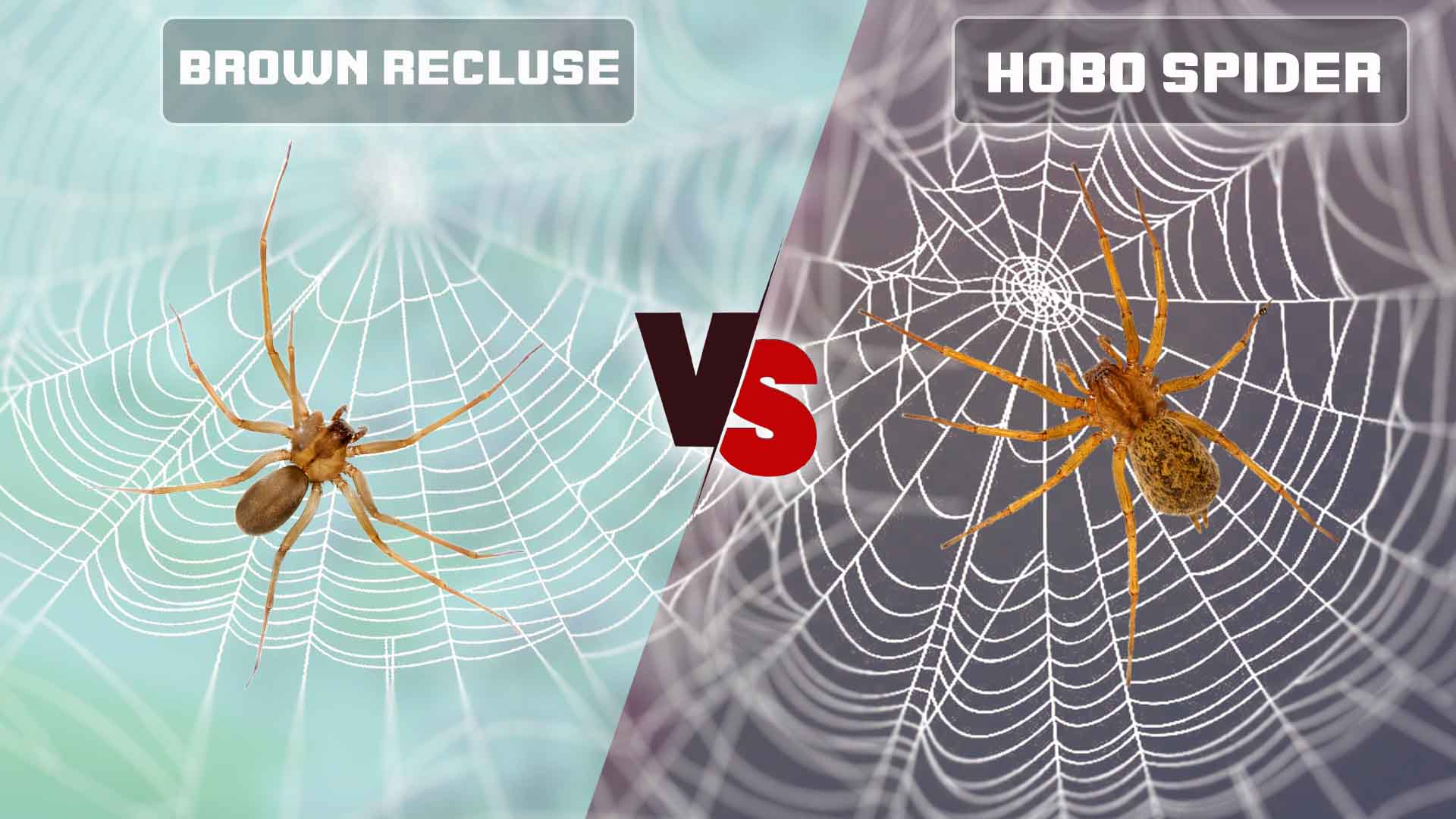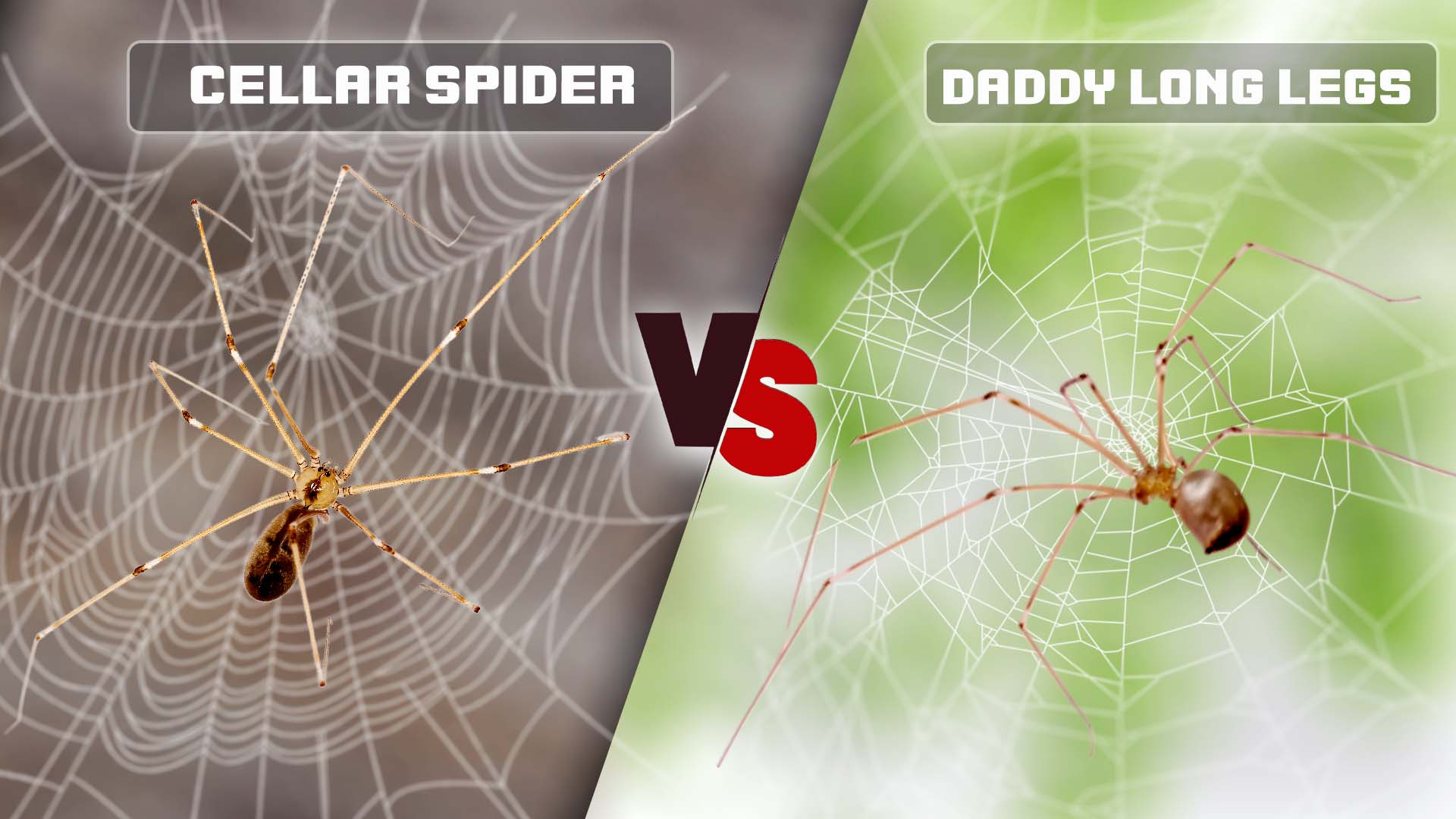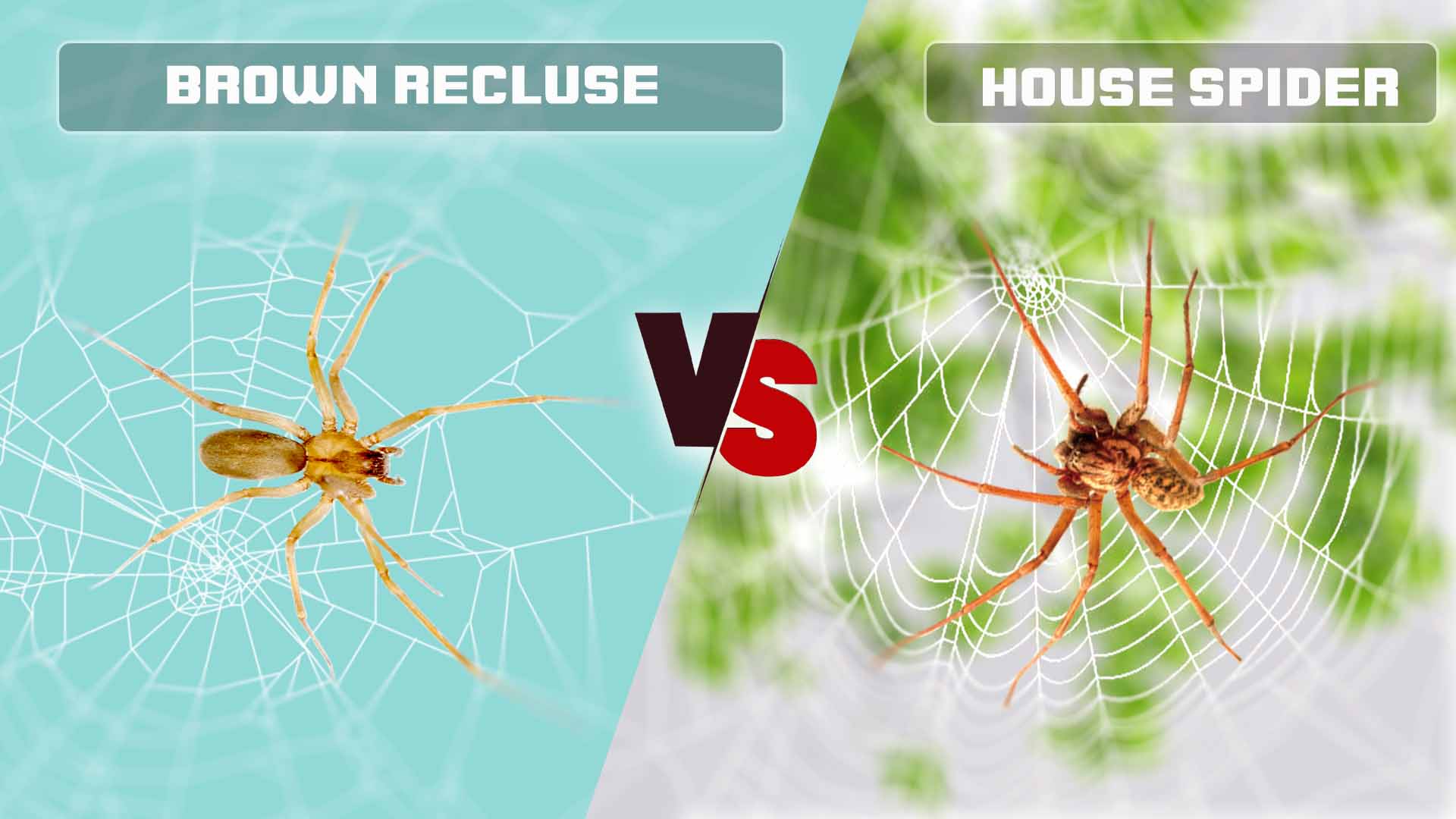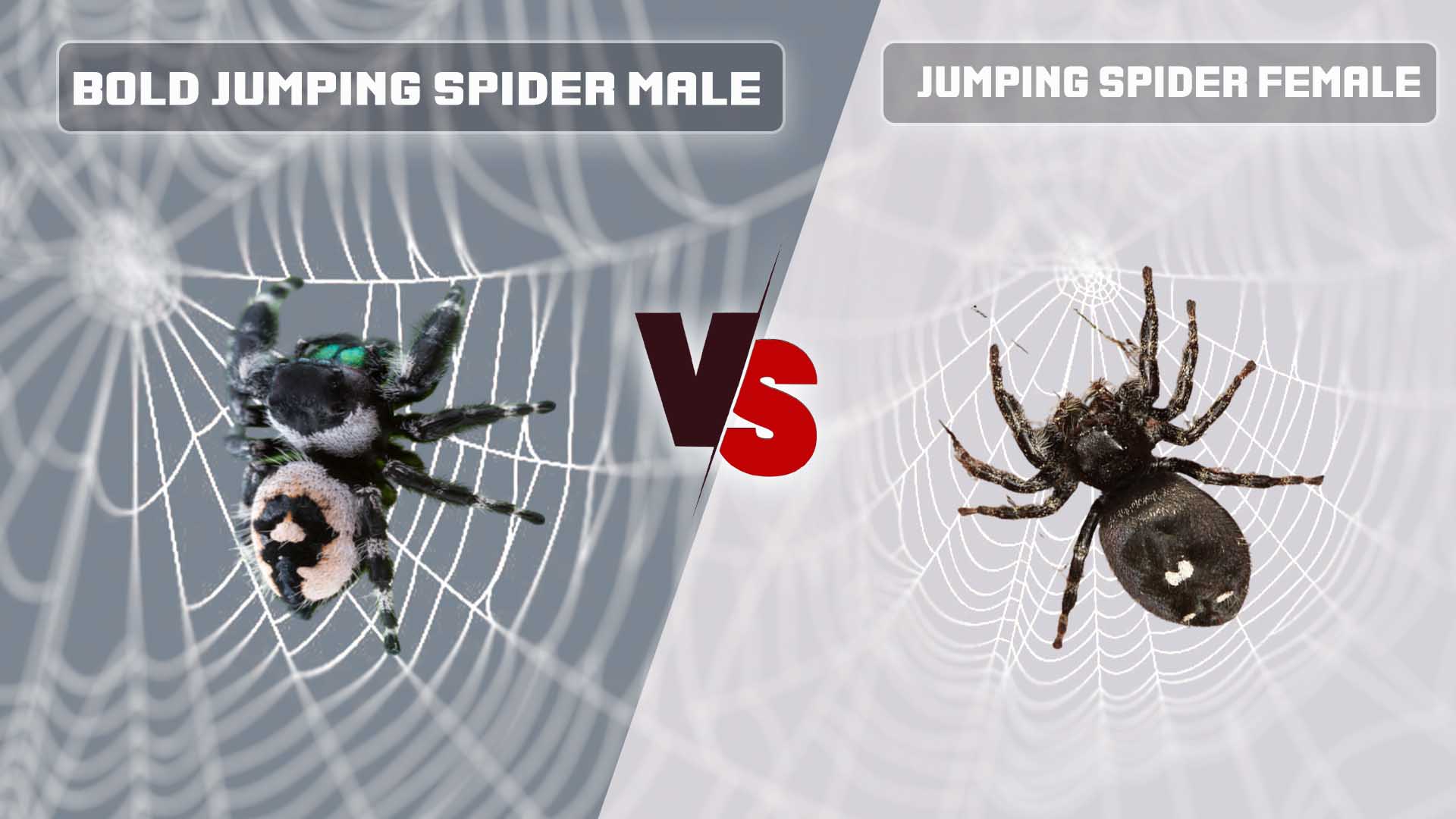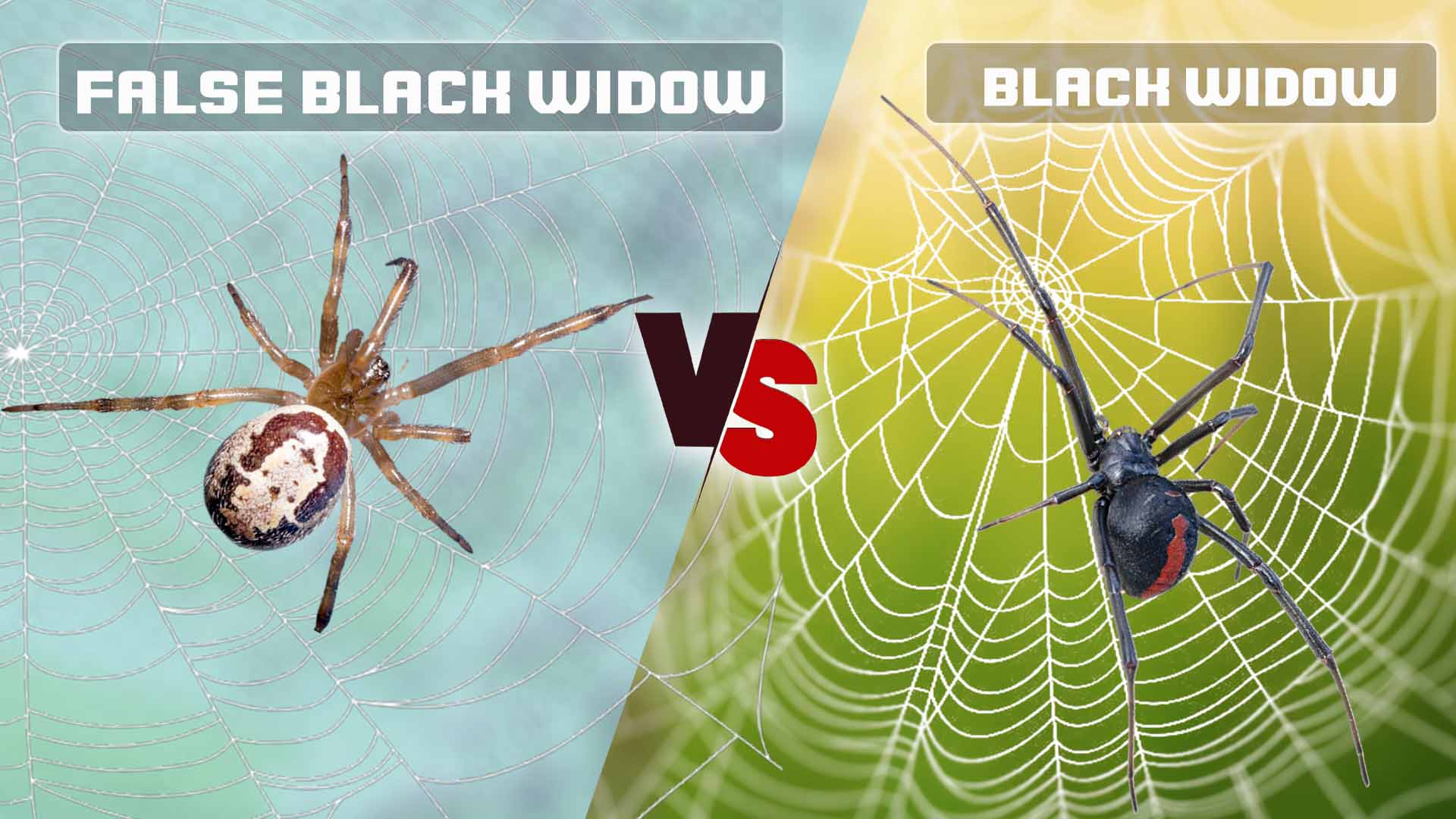Spiders are fascinating creatures that often evoke a mixture of curiosity and fear. Among the thousands of spider species, the brown recluse spider and the hobo spider stand out due to their potentially harmful bites and similar appearances.
However, it’s important to differentiate between these two spiders to accurately identify them and understand the risks associated with their presence.
In this article, I will delve into the differences between the brown recluse spider and the hobo spider in terms of size, coloration, abdomen shape, leg length, web-building habits, behavior, and lifespan. By the end, you’ll be better equipped to distinguish between these two arachnids and know what to look out for.
Key Differences Between Brown Recluse and Hobo Spider
Size Differences
Brown recluse spiders (Loxosceles recluse) are relatively small, with an average body length ranging from 6 to 20 mm (0.25 to 0.75 inches). They have long, thin legs and a characteristic violin-shaped marking on their cephalothorax. Hobo spiders (Eratigena agrestis), on the other hand, are slightly larger, with body lengths spanning 8 to 15 mm (0.3 to 0.6 inches). While size can be a useful indicator, it’s important to consider other differentiating features to avoid misidentification.
Coloration Differences
The coloration of these spiders can be another key factor in distinguishing them. Brown recluse spiders are typically light to medium brown, often with darker markings. Their violin-shaped marking is a notable feature, with the “neck” of the violin pointing toward the rear of the spider. Hobo spiders, in contrast, have a more uniform coloration. They are usually brown with paler legs, lacking the distinct violin marking seen on brown recluse spiders.
Abdomen Shape Differences
Examining the shape of the abdomen can also aid in identification. Brown recluse spiders have abdomens that are oval in shape, without any significant spines or projections. Hobo spiders, on the other hand, have abdomens that are slightly larger and more bulbous, often with a chevron-like pattern on the top.
Leg Length Differences
Leg length can be an effective way to tell these spiders apart. Brown recluse spiders possess relatively long, spindly legs that contribute to their delicate appearance. In contrast, hobo spiders have somewhat shorter and thicker legs in proportion to their bodies.
Web Building Differences
Both brown recluse and hobo spiders are known for their reclusive nature and do not build elaborate webs for prey capture. Brown recluse spiders often construct irregular, messy webs in hidden locations such as closets, basements, and attics. These webs serve as retreats rather than active hunting grounds. Hobo spiders are known for their funnel-shaped webs, which have a tubular retreat at the narrow end and a flat sheet at the wider end. These webs are typically found in outdoor areas like gardens and grassy fields.
Behavior Differences
Understanding the behavior of these spiders can also help differentiate between them. Brown recluse spiders are nocturnal and tend to stay hidden during the day. They are shy and avoid human contact, biting only when they feel threatened or cornered. Hobo spiders are more aggressive in comparison, and while they are not actively seeking out humans to bite, they may bite in defense if they feel provoked.
Lifespan Differences
Lifespan is another aspect that sets these two spiders apart. Brown recluse spiders have a longer lifespan, typically living for about 1 to 2 years. Hobo spiders, on the other hand, have a shorter lifespan of around 1 year.
How to Identify the Brown Recluse Spider and Hobo Spider
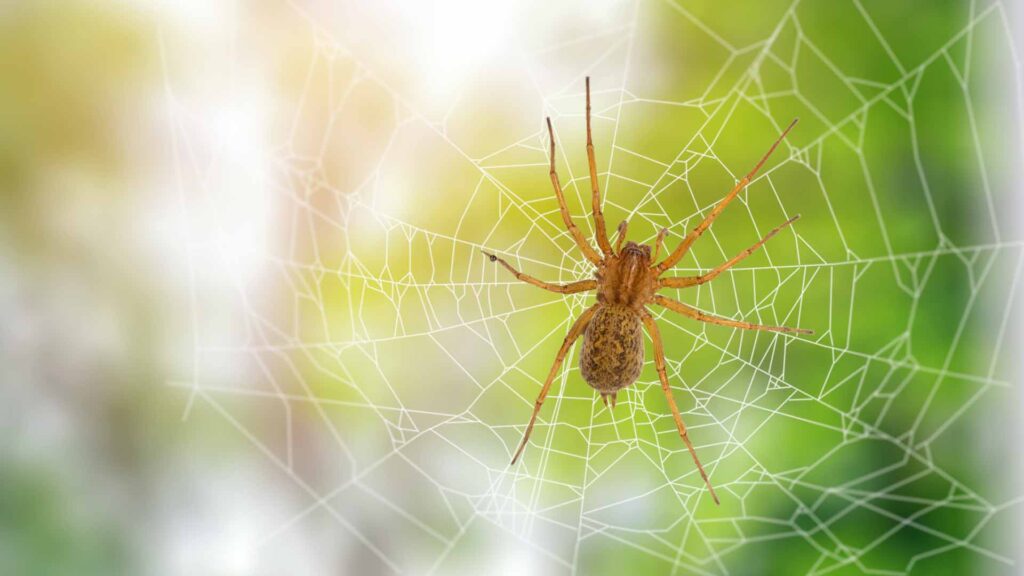
Body Shape: Examine the overall body shape, looking for the characteristic violin-shaped marking on the brown recluse spider’s cephalothorax and the bulbous abdomen of the hobo spider.
Coloration: Pay attention to the color and patterns on the spiders. The brown recluse has a light to medium brown color with potential darker markings, while the hobo spider is generally brown with paler legs.
Abdomen: Note the shape of the abdomen—oval for the brown recluse and larger, more rounded for the hobo spider.
Leg Length: Compare the leg length, with brown recluse spiders having longer, slender legs, and hobo spiders having shorter, thicker legs.
Web Structure: Observe the type of web the spider has constructed. Brown recluse spiders create messy, irregular retreat webs, while hobo spiders build funnel-shaped webs.
Behavior: If you encounter the spider in its natural habitat, observe its behavior. Brown recluse spiders are more likely to hide, while hobo spiders may be more active.
here’s a table summarizing the key differences between the Brown Recluse Spider and the Hobo Spider:
| Feature | Brown Recluse Spider | Hobo Spider |
| Size | 6 to 20 mm (0.25 to 0.75 inches) | 8 to 15 mm (0.3 to 0.6 inches) |
| Coloration | Light to medium brown, often with darker markings | Brown with paler legs |
| Abdomen Shape | Oval | Bulbous, often with chevron-like pattern |
| Leg Length | Long and spindly | Shorter and thicker |
| Web Structure | Irregular, messy retreat webs | Funnel-shaped webs |
| Behavior | Nocturnal, shy, and non-aggressive | Generally non-aggressive, may bite in defense |
| Lifespan | 1 to 2 years | About 1 year |
Conclusion
Understanding the differences between the brown recluse spider and the hobo spider is crucial for accurate identification and informed decision-making when it comes to potential risks. By considering factors such as size, coloration, abdomen shape, leg length, web-building habits, behavior, and lifespan, you can confidently distinguish between these two spiders.

